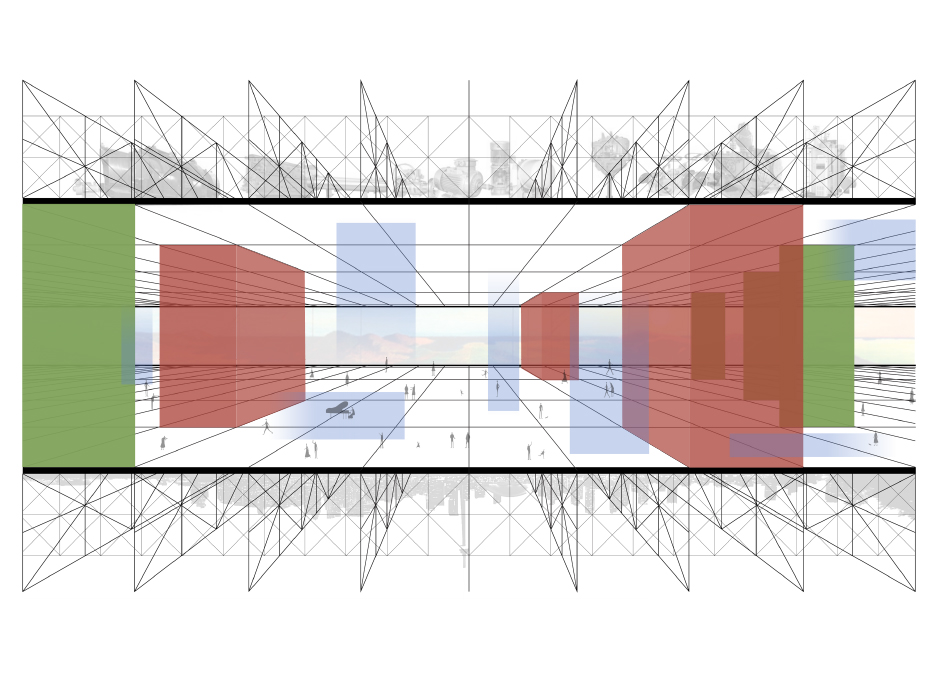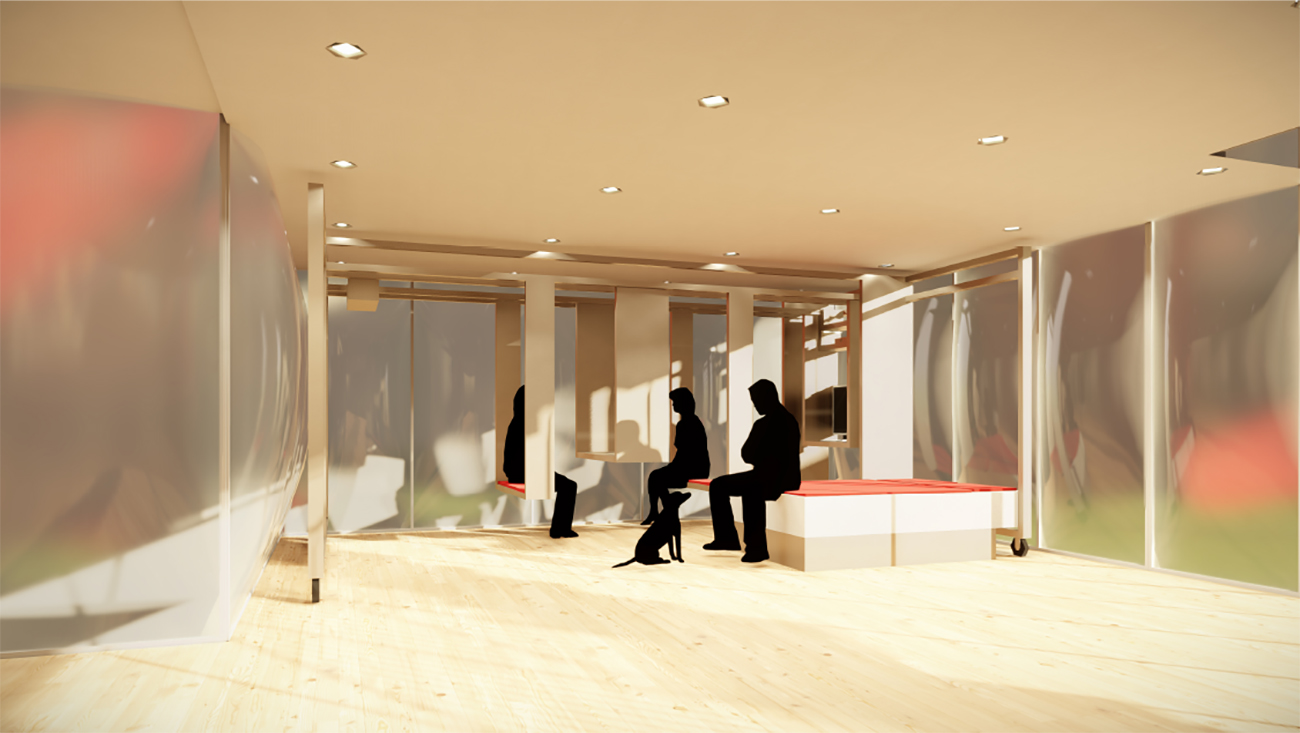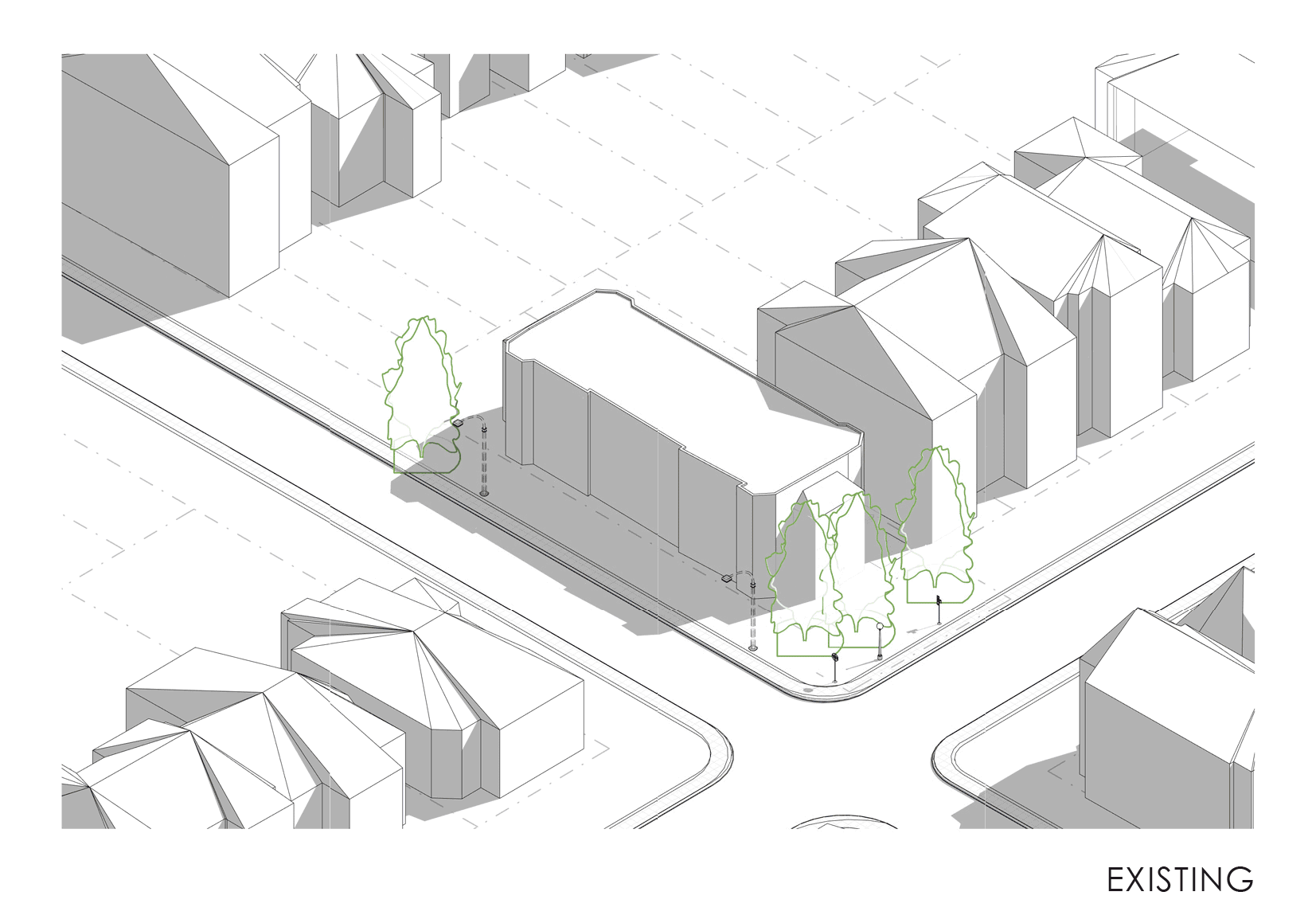SALLY HUANG
Transformable House
Transformable House

Throughout the history of architecture, the house has served as a vehicle for the exploration of architectural ideas, the testing ground for new technologies and the locus of radical experimentation. Its modest scale, coupled with a program that lends itself to broad interpretation, allow for a degree of flexibility, variety and outright inventiveness afforded virtually no other building type. As such it has served as the vessel for the exploration of such diverse agendas as Le Corbusier’s Five Points of Architecture, Mies van der Rohe’s “Almost Nothing”, Peter Eisenman’s postfunctionalism, Robert Venturi’s Complexity and Contradiction and Greg Lynn’s Blobs.
This studio invites students to use the project of the house as a vehicle for the exploration of their own individual interests, obsessions and inventions, be they conceptual, technological, material, cultural, social or hybrid in nature. You will be challenged to develop a “thesis”, i.e. a position that can be framed within architectural discourse and supported by a body of research that informs a design investigation. This will serve as an abbreviated microcosm of the type of project you can expect to encounter in a graduate thesis: an architectural exploration making use of a variety of research methodologies, including design as research, to articulate a sophisticated, clear and cogent architectural response.
The work of the studio will include detailed precedent analysis of iconic projects from the tradition of house as thesis, familiarizing students with a rich body of work that pioneered and disseminated key ideas that revolutionized architectural culture. Unfettered by a complex program, these projects provided their architects with the opportunity to isolate and explore in great detail a variety of architectural concerns that might otherwise be overshadowed in more demanding building types. This studio
invites students to similarly liberate themselves to explore ideas that require the high degree of focused investigation afforded by the house as thesis.
Students will be encouraged to explore their interests from a variety of perspectives. Highly conceptual investigations will be grounded by exercises in making; technical and material investigations will be contextualized in a critical theoretical discourse. The modest scale and flexible program of the house - however you choose to define it - allow for a high degree of resolution, a high level of critical reflection and a wide range of design methodologies and representational strategies.
This thesis aims to explore the idea of transformable and
adaptable architecture through the design of a flexible house, one that
responds to the change in family needs, desires, as well as socio-cultural
and environmental features. The house design dives into how families create
and manipulate the environment of their dwelling so as to better understand how
we can design a house to be fluid and fully responsive to the needs of a family
module. This can be done through the input of transformability of each
individual element within the house, from furniture modules, to layout of
programming, to the exterior envelope, all of which is flexible to allow for
accommodating different scenarios throughout the lifespan of the house itself.
The time-based adaptable house becomes a permeable representation of
experienced time throughout the lifespan of the family, considering not only
the accommodating functionality of the house but more importantly the
significance of adaptability of the house to the owner. Acting as almost a theatrical
backdrop to the lives of families who resides in this space, the
transformable house reacts similarly to a stage set as it can be easily
manipulated to create drastically different environments to suit the needs of
the family throughout its lifespan. Through the inhabitation of an adaptable
modular home, the dwelling is allowed to grow and transform along with
its occupants, providing a stable while dynamic residence for years to come.








